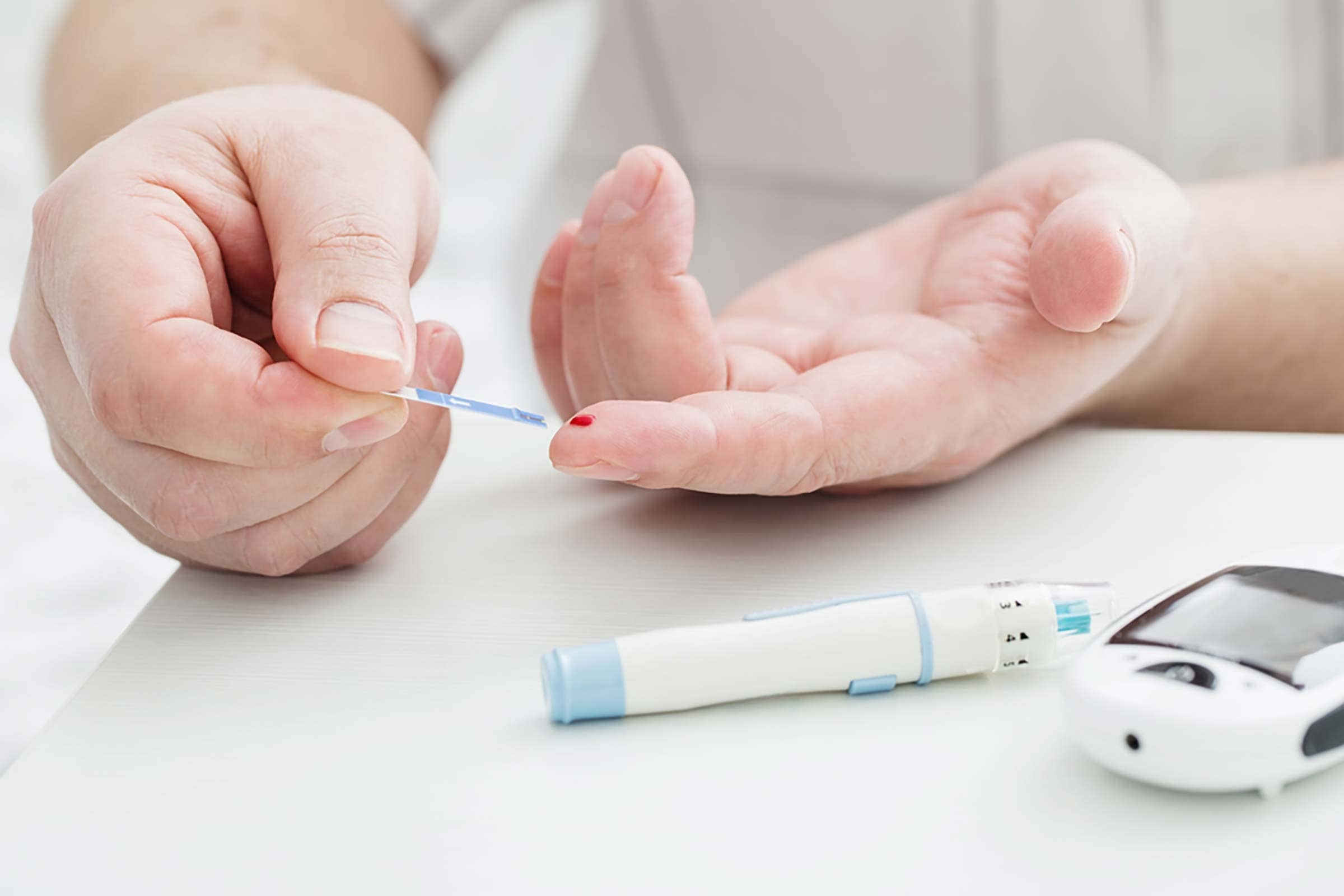About 20% of the people diagnosed with diabetes are hospitalized because of issues concerning their feet. The foot of a diabetic can cause a number of possible critical conditions for them to be in. Blood flow problems in the legs, like atherosclerosis, can put the foot in peril for injury and infections.
The damage done to the nerves in the foot, from neuropathy, can reduce the ability to feel pain, heat, and cold. This can lead to secondary damage to the foot which if left untreated can cause infection and the breakdown of the skin.
Also Read: Reliance Health Insurance Hospital List Bangalore
Looking at the feet closely every day, a diabetic can avoid many potential problems. Changes in color, loss of sensation, tingling or burning sensations, pain, and changes in the temperature of the foot should be reported to the physician immediately. If there is an injury to the foot or an open wound, monitor the healing time. If it appears to be taking longer than usual to heal, report this to the physician as well.
If the skin of the foot becomes dry, cracked, and starts to peel, this poses another problem. These are symptoms that the nerves that control the foot’s sweating have been damaged. When the skin cracks and peels, it gives bacteria an opening to get into the body and create havoc with infection. Using petroleum based lotions or salves helps moisturize the foot, and prevents the skin from cracking. However, avoid putting lotion between the toes because excess moisture can cause an infection.
Also Read: 1200 Calorie a Day Diet – The Secret to Perfect Health
With the aid of a pumice stone, you can soften calluses. If this doesn’t work, consult a doctor to prevent it from being hard and thick, which leads to the ulcer.
Open sores or ulcers often develop around the bottom of the big toe and at the ball of the foot. Sometimes, it’s because of wearing shoes that are too tight. It also develops on the sides, top or heel of the foot. Redness is a symptom of skin breakdown, and diabetics should watch for it since ulcers can cause infections that may lead to lower limb amputations. There are cases wherein a diabetic wears a cast to lessen the pressure on the foot to avoid open sores from getting bigger or the infection from increasing.
Also Visit: Read about Pregabalin
Here are some tips on how to prevent the aforementioned issues from taking place: Monitor your sugar level. Stay fit. The legs and feet are strained due to the extra weight you may have. It would also be a little difficult to check your foot closely if you have a big bulge. Regularly inspect your feet or ask assistance from someone. Use smooth socks and not bunched when put on. Inspect shoes for foreign objects; the effects of the smallest obstruction can lead to catastrophic effects. Always wear something to protect your feet. You might step on something and cause open wounds. Check the temperature of the water bath with your hands first. If there are problems with the nerves on your feet, you won’t be able to feel if you’re already burning or not. Do not use heating pads on the feet. Make sure that after taking a bath your feet are dried well, especially between the toes. Quit smoking. Poor blood circulation, caused by smoking, increases the risk of nerve damage and slow healing.
A diabetic with poor senses in the foot should let a podiatrist trim toenail, trim calluses, and remove corns, to eliminate the risk of infection.
To avoid being hospitalized for foot related problems, possibly even amputation of the lower limb, a diabetic must take care of their feet and watch them closely for any signs of change.
Joel is 5 years experienced in the nursing industry at the United States and also she is a freelance blogger which like to write about nutrition, health, medicine, best waist cincher workout, and so on.





